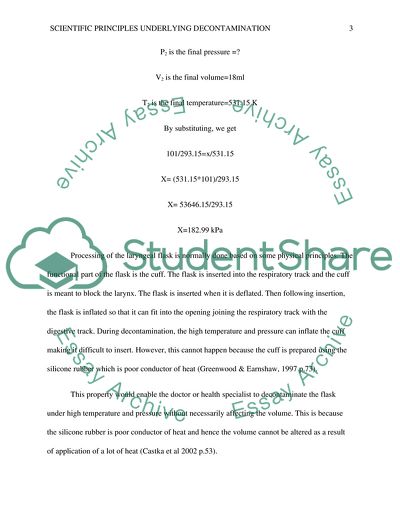Not Found (#404) - StudentShare. https://studentshare.org/medical-science/1759947-scientific-principles-and-the-decontamination
Not Found (#404) - StudentShare. https://studentshare.org/medical-science/1759947-scientific-principles-and-the-decontamination.


